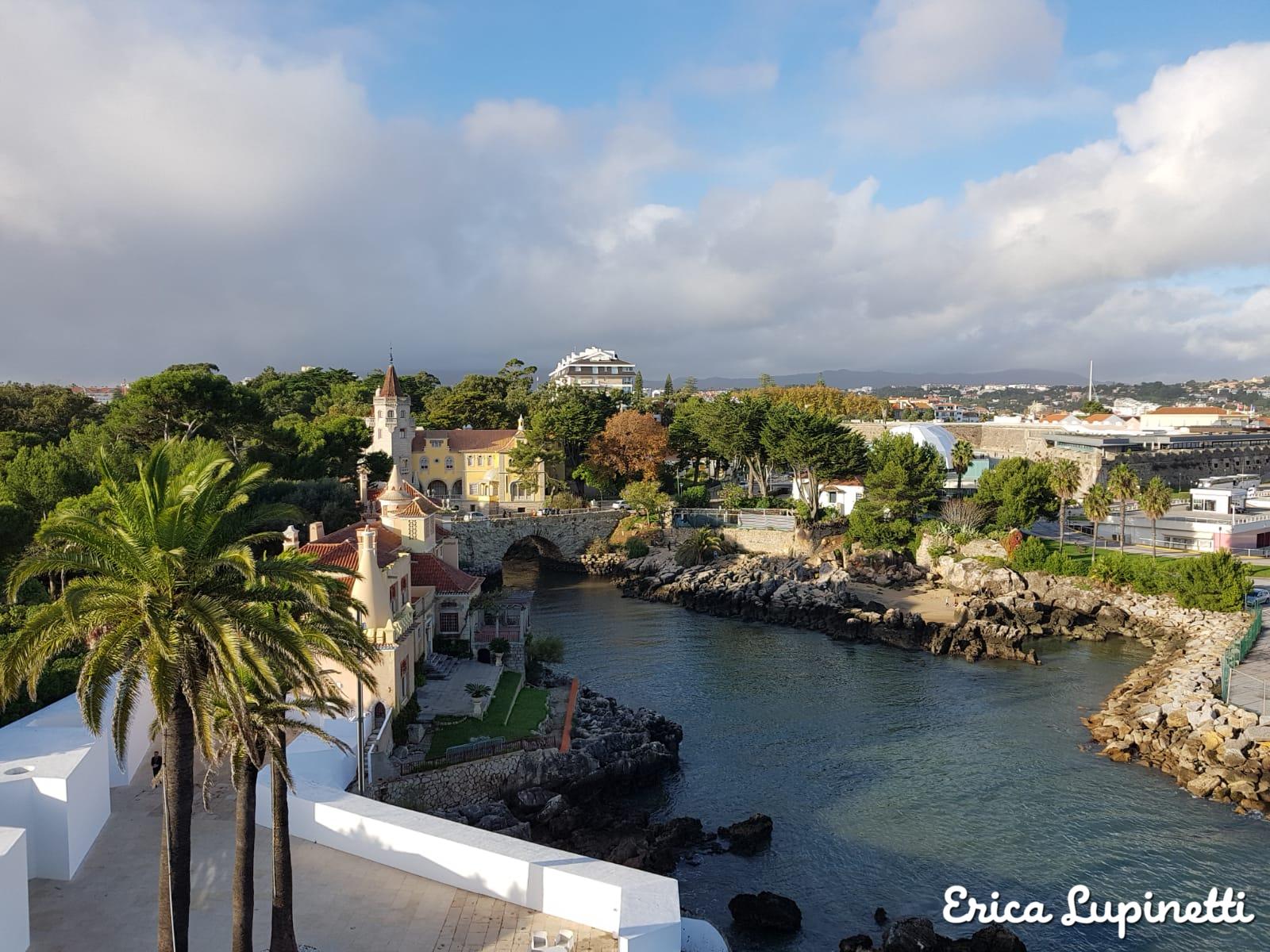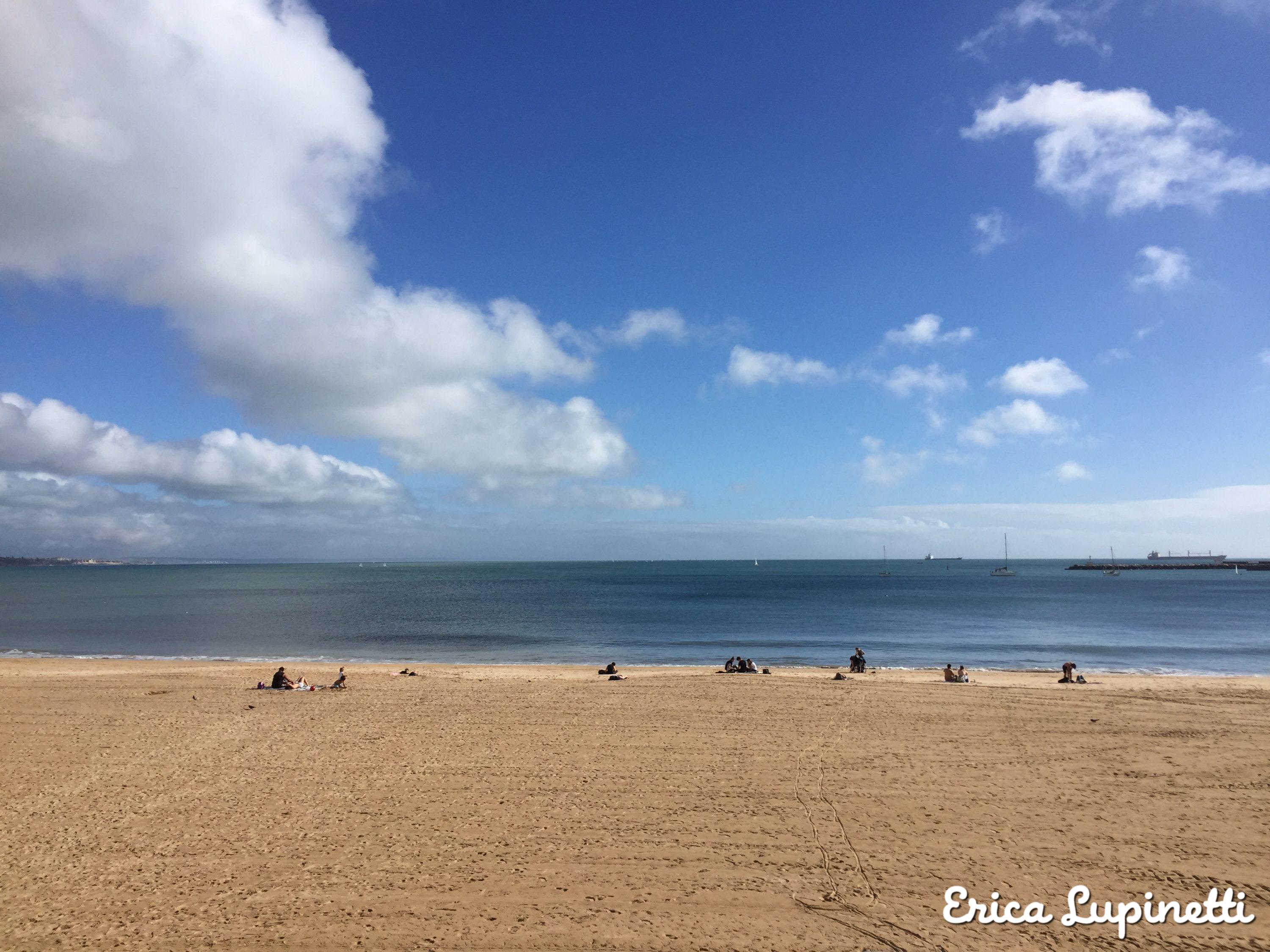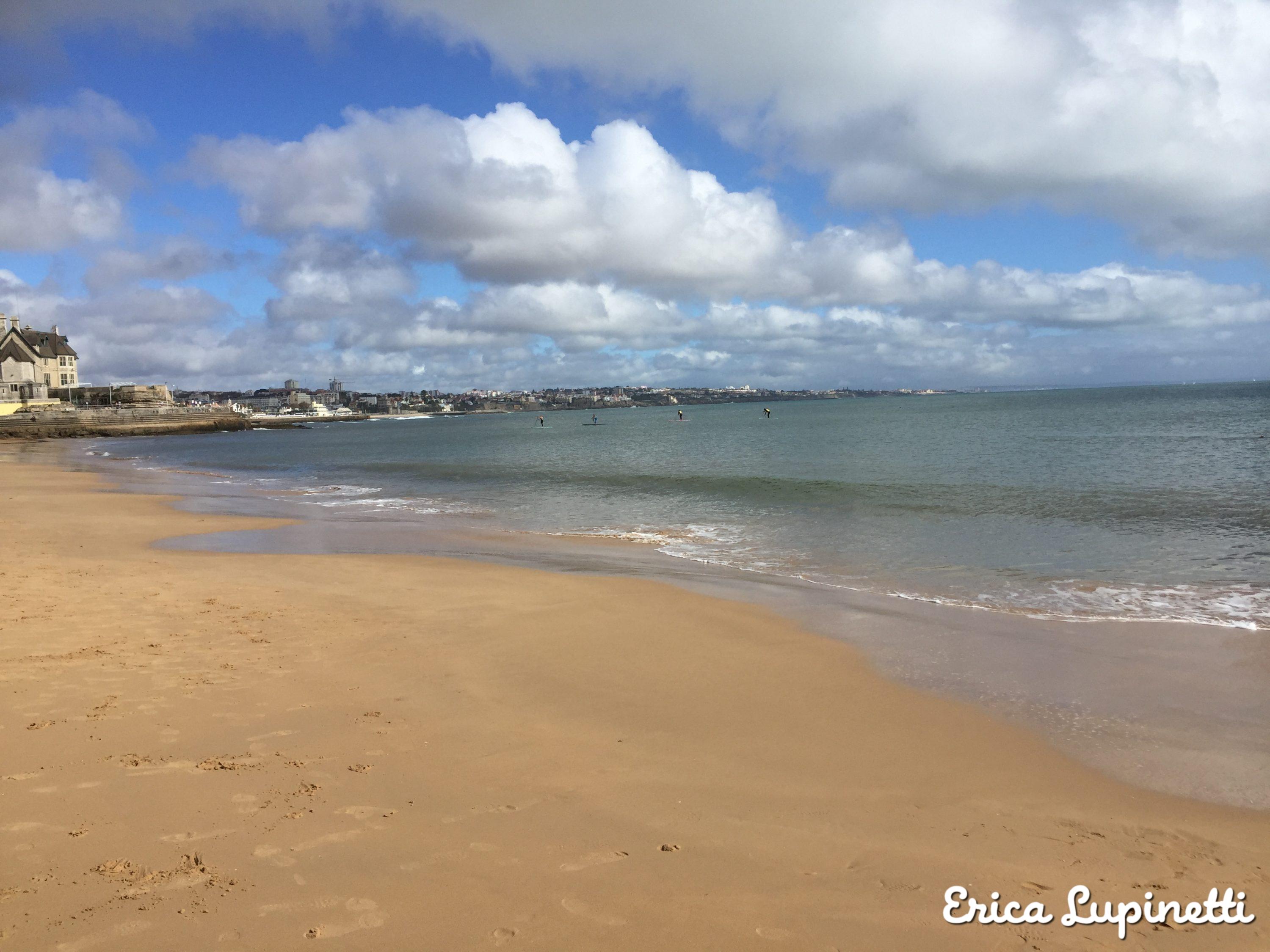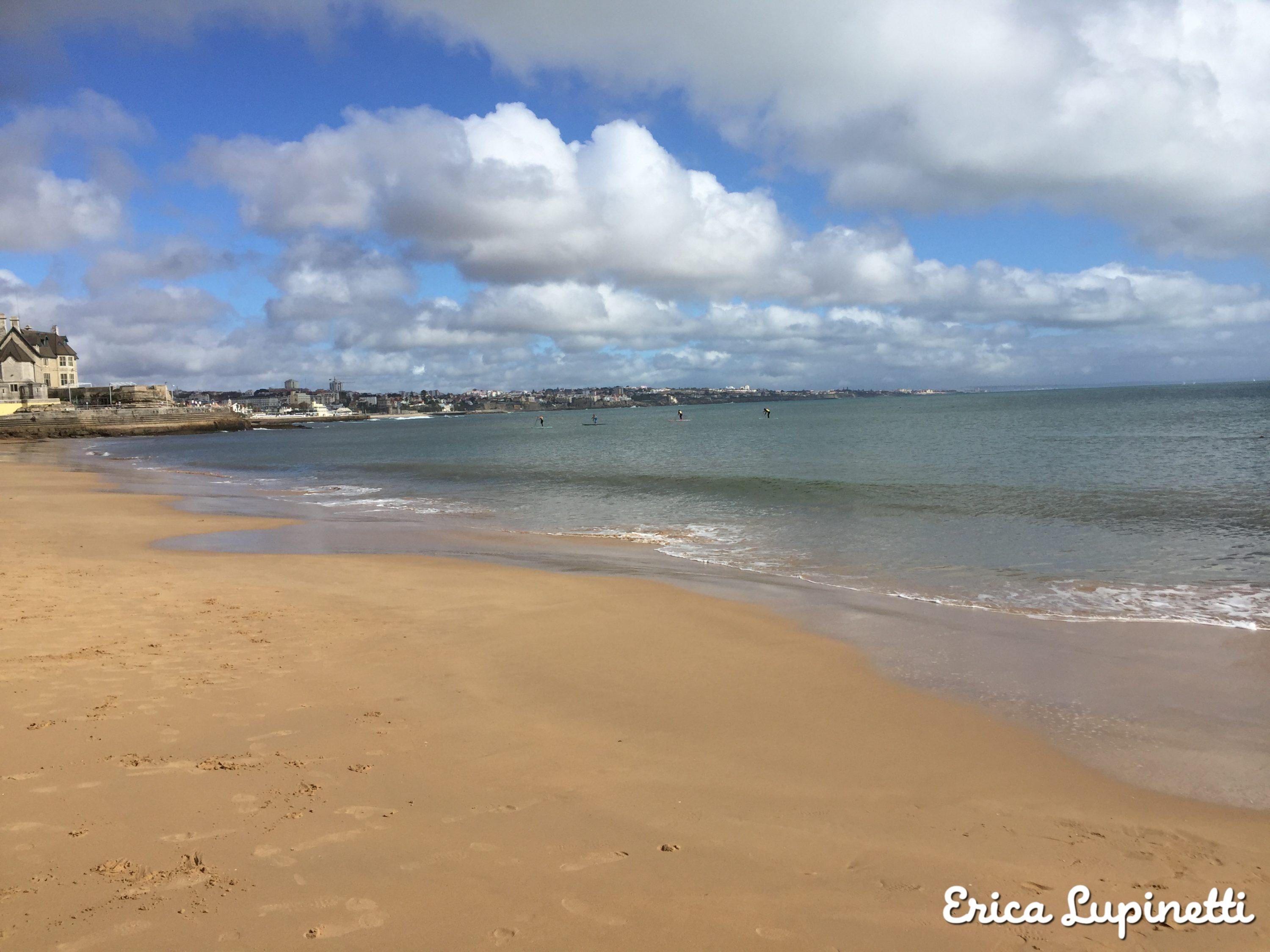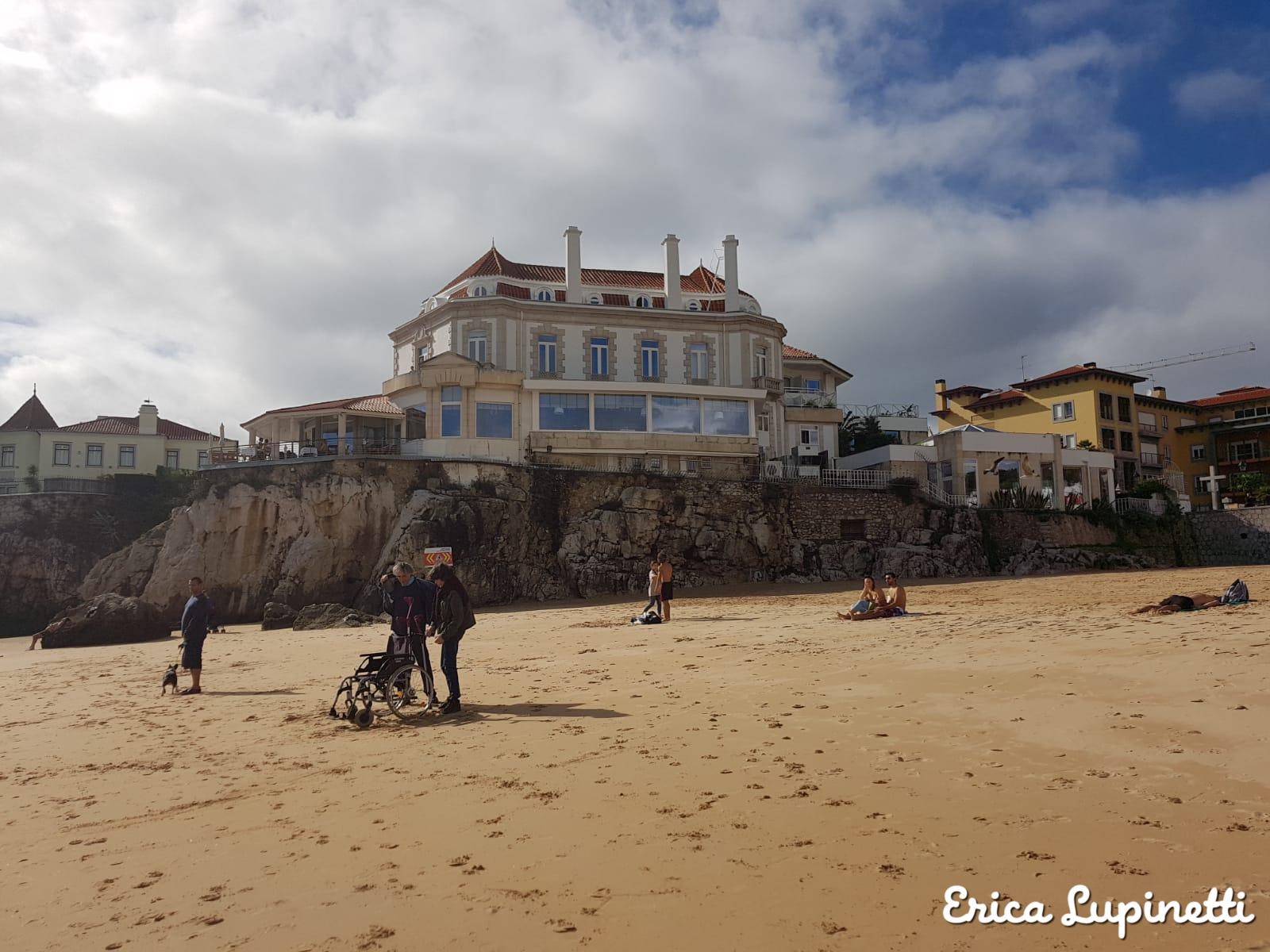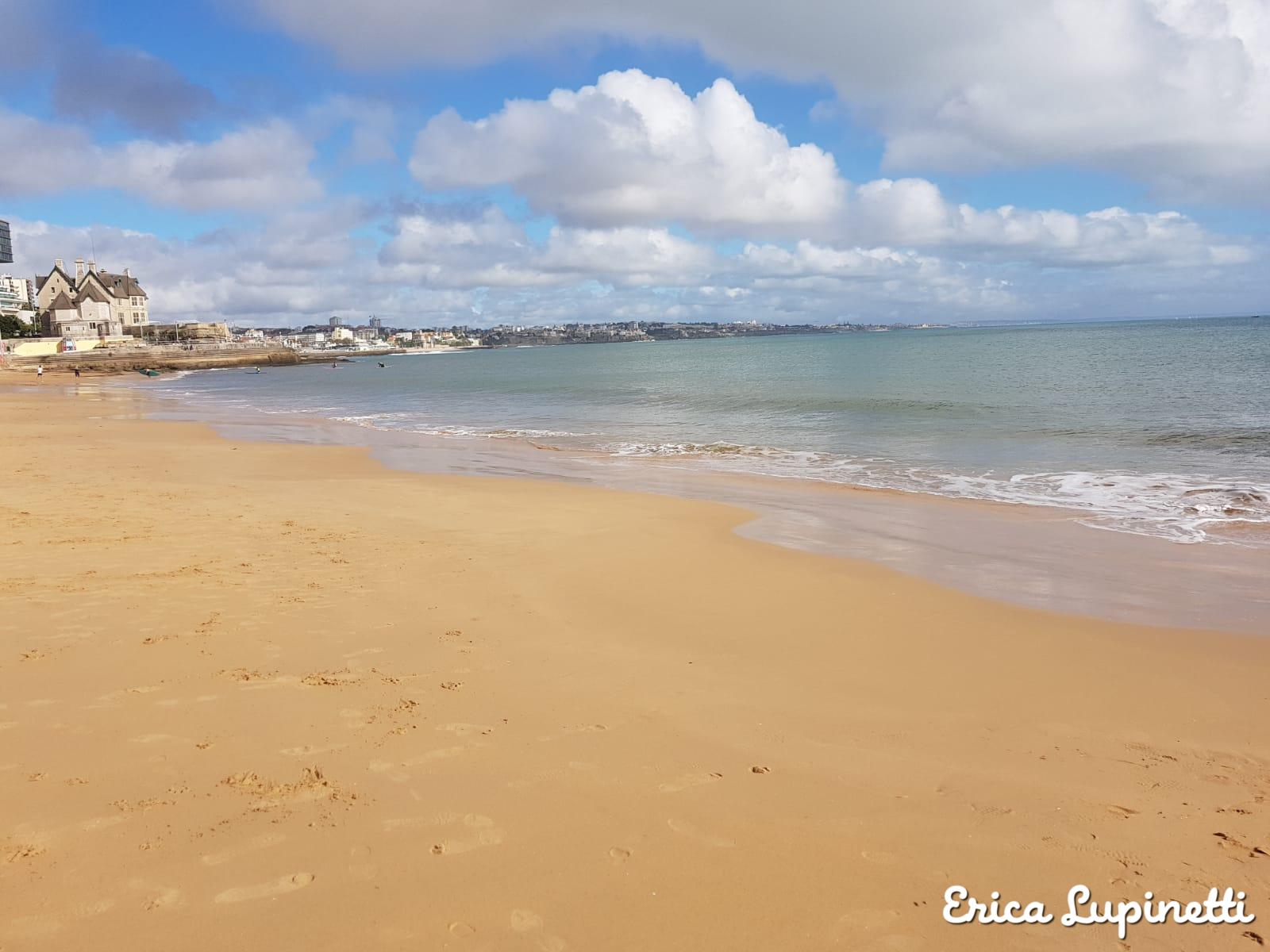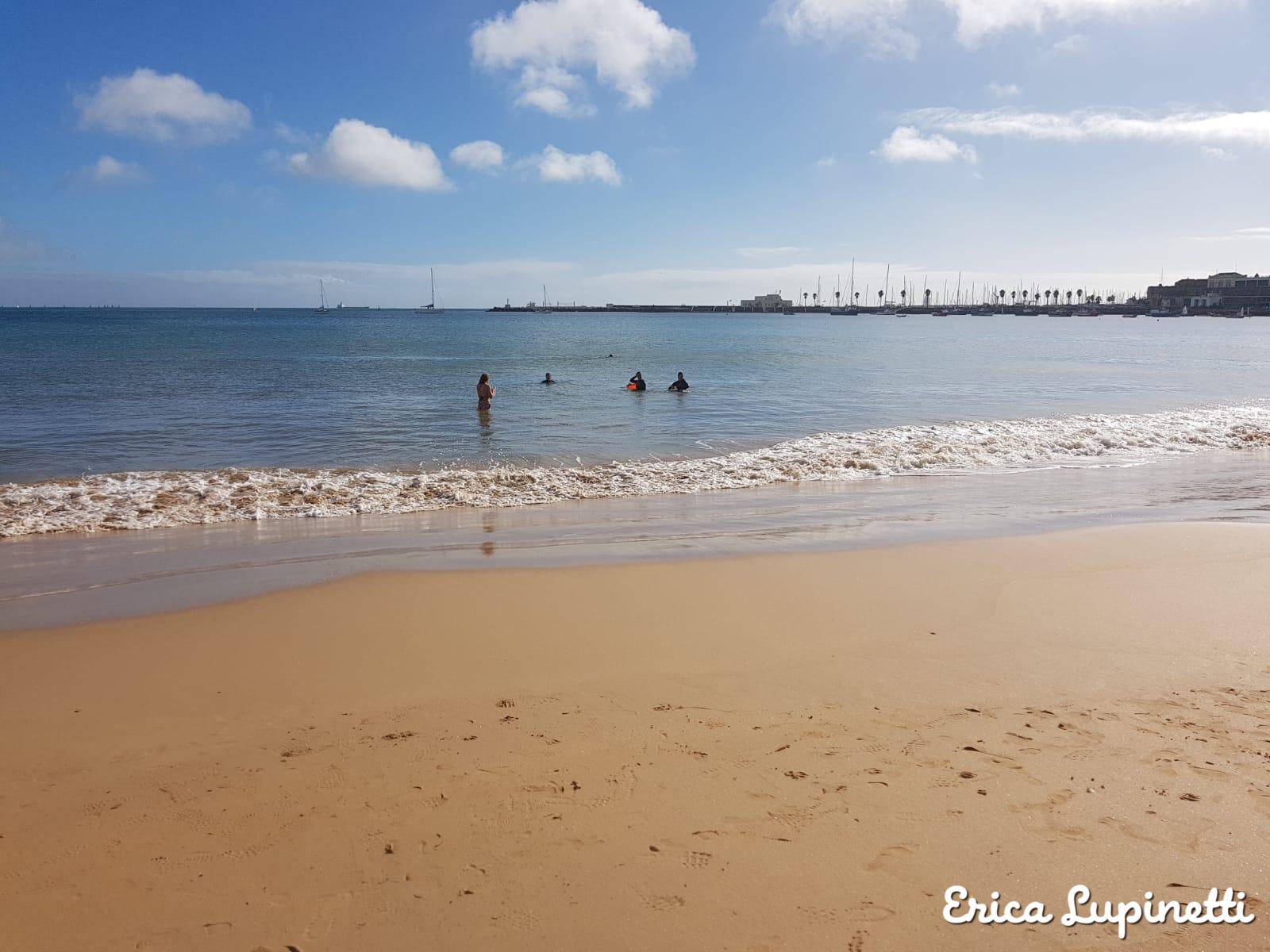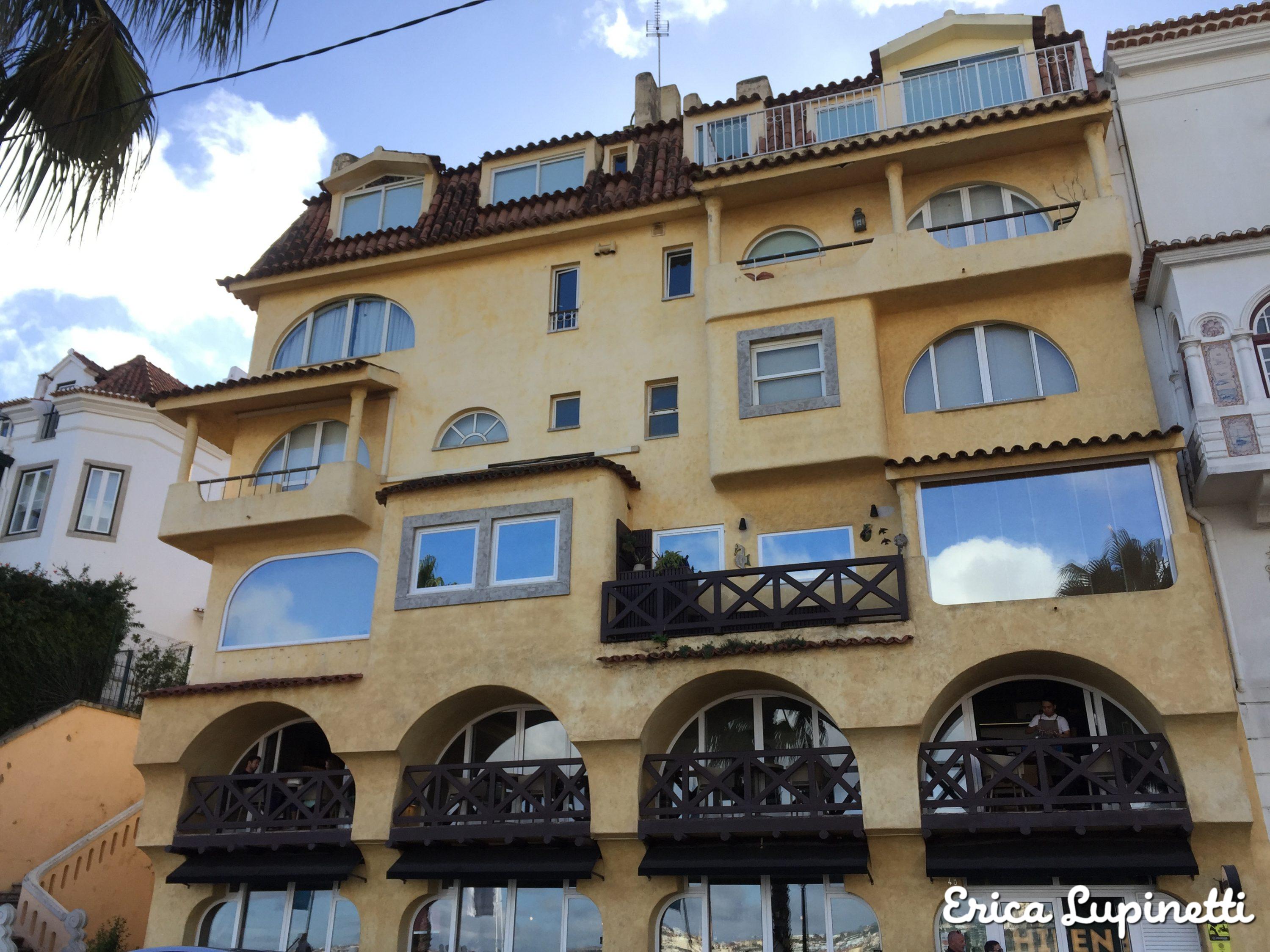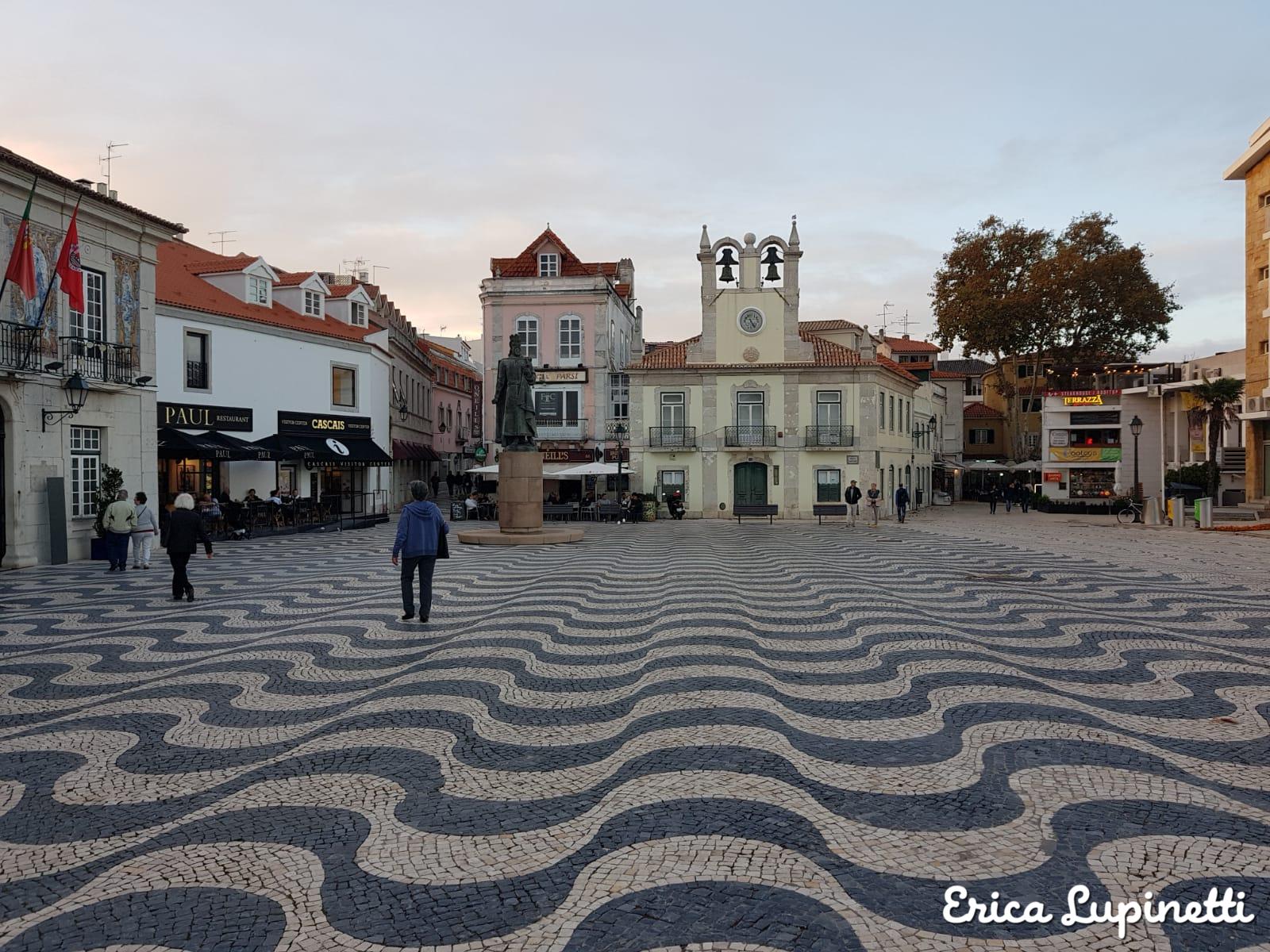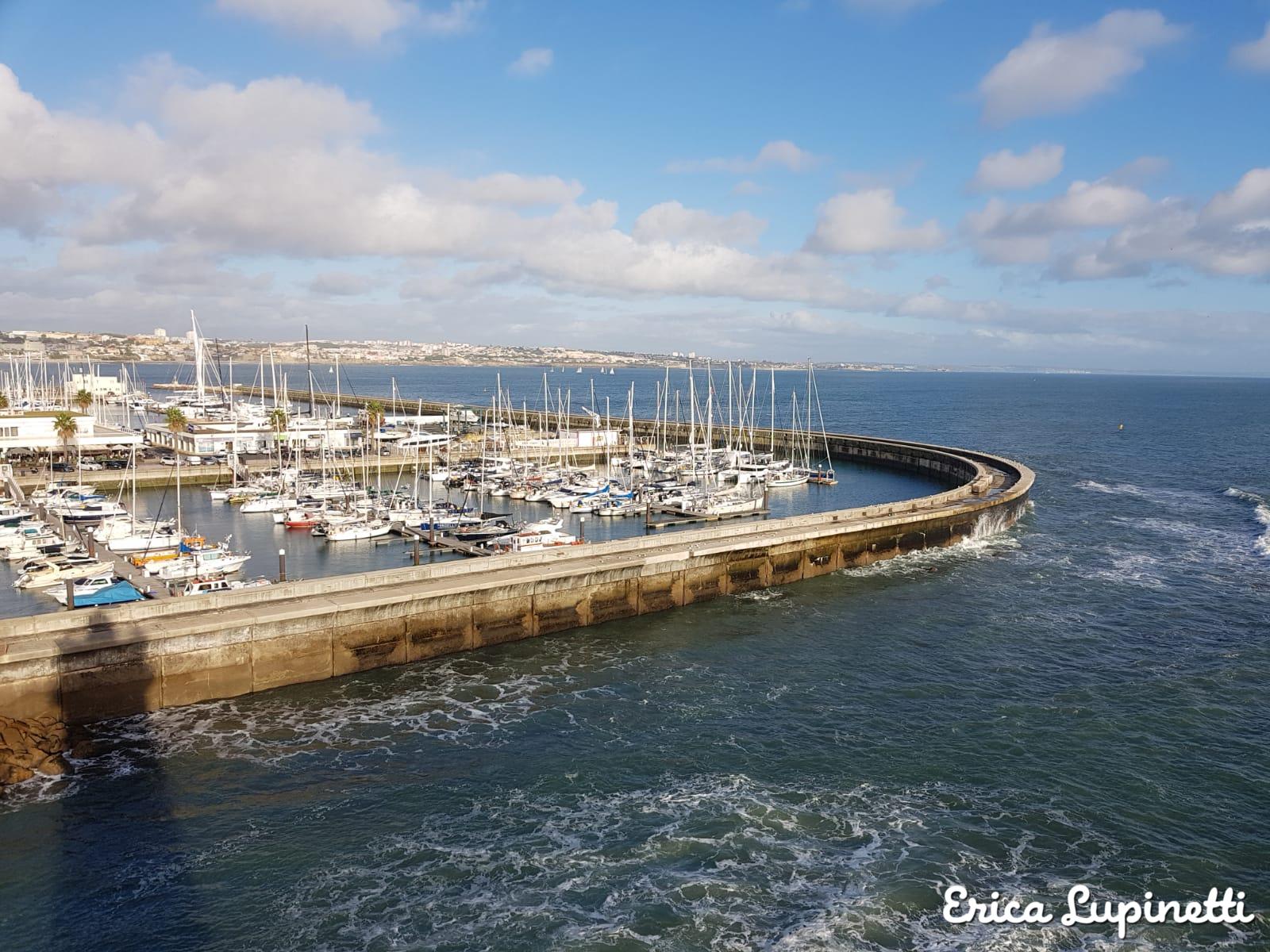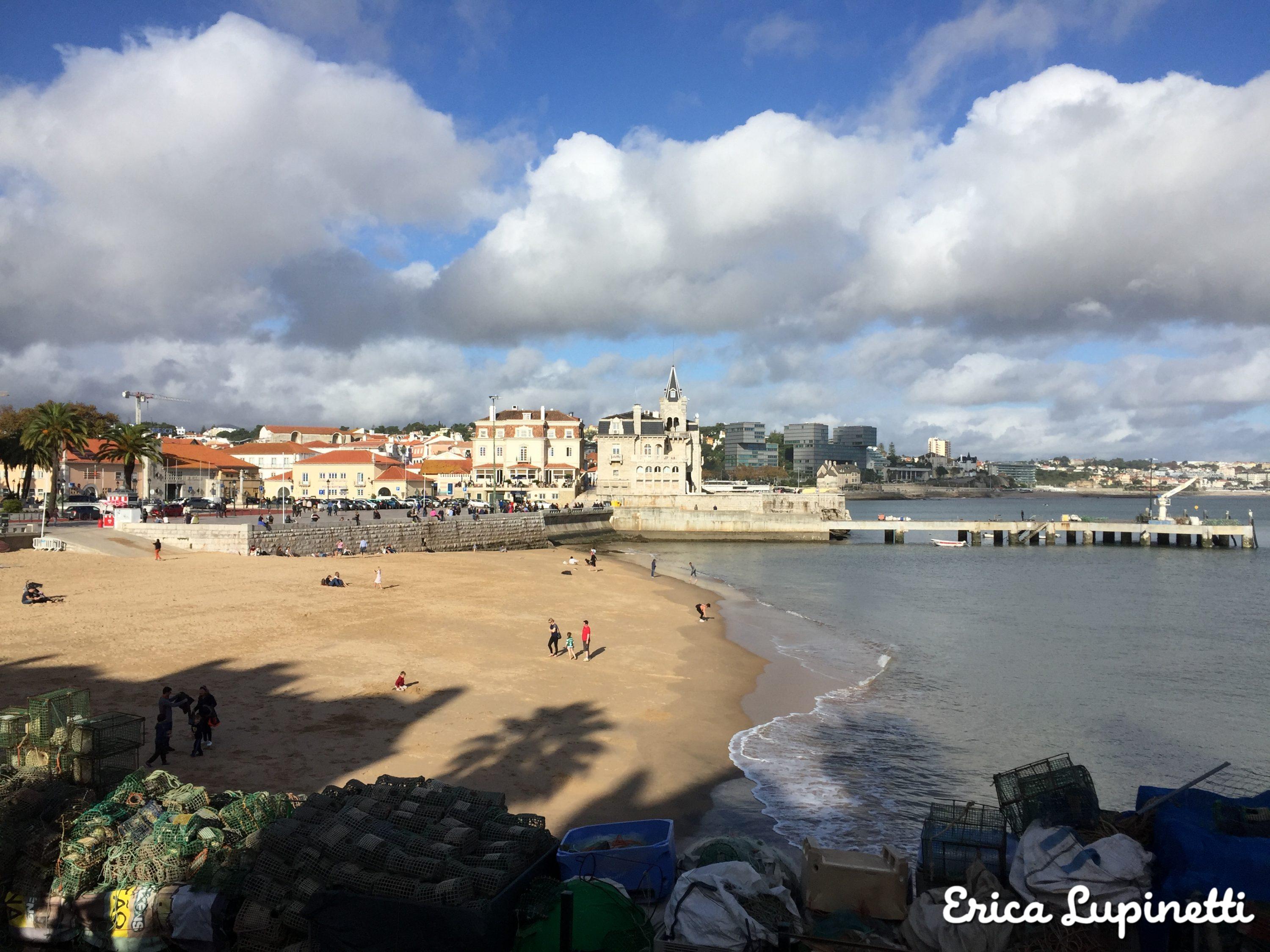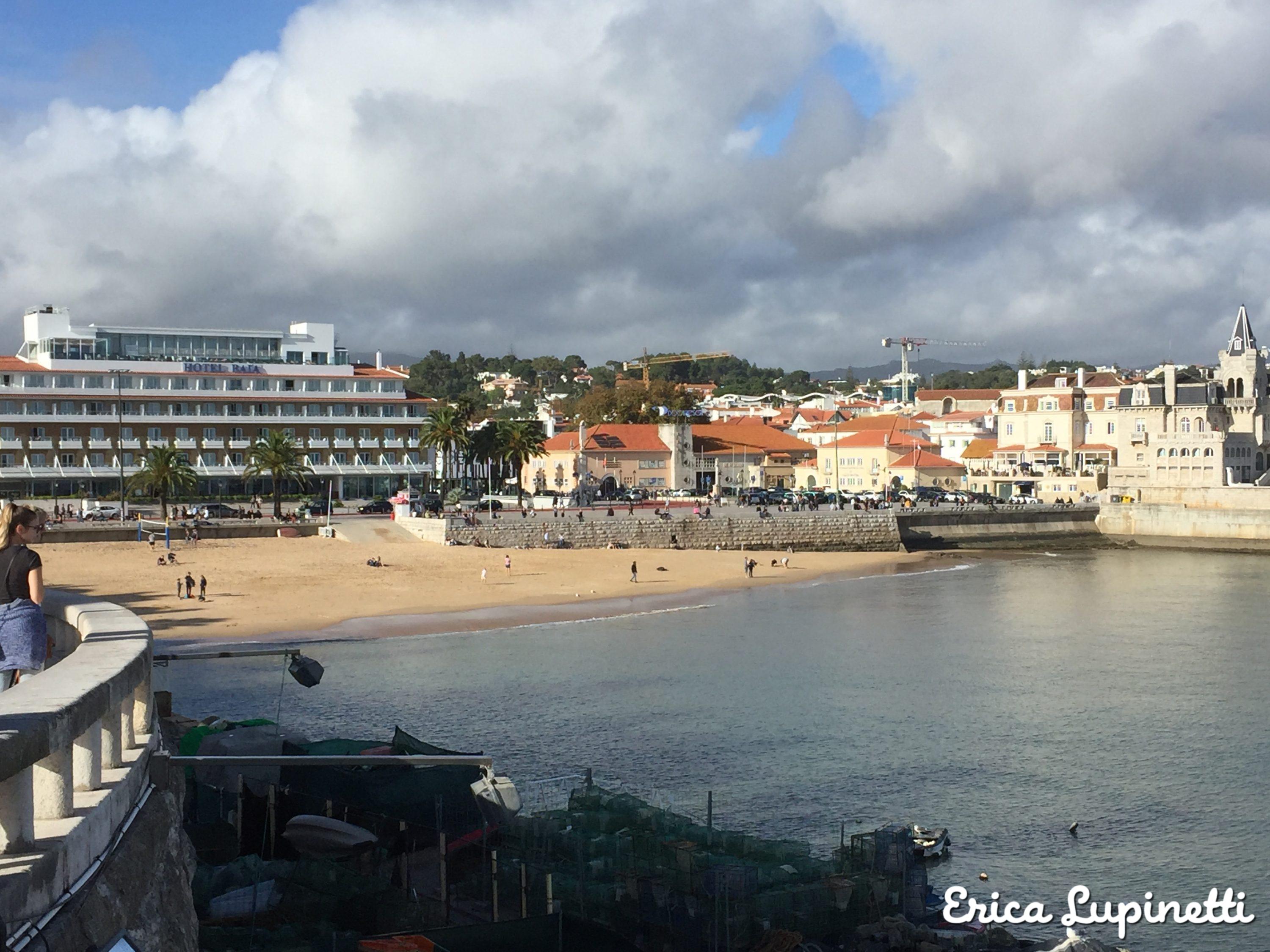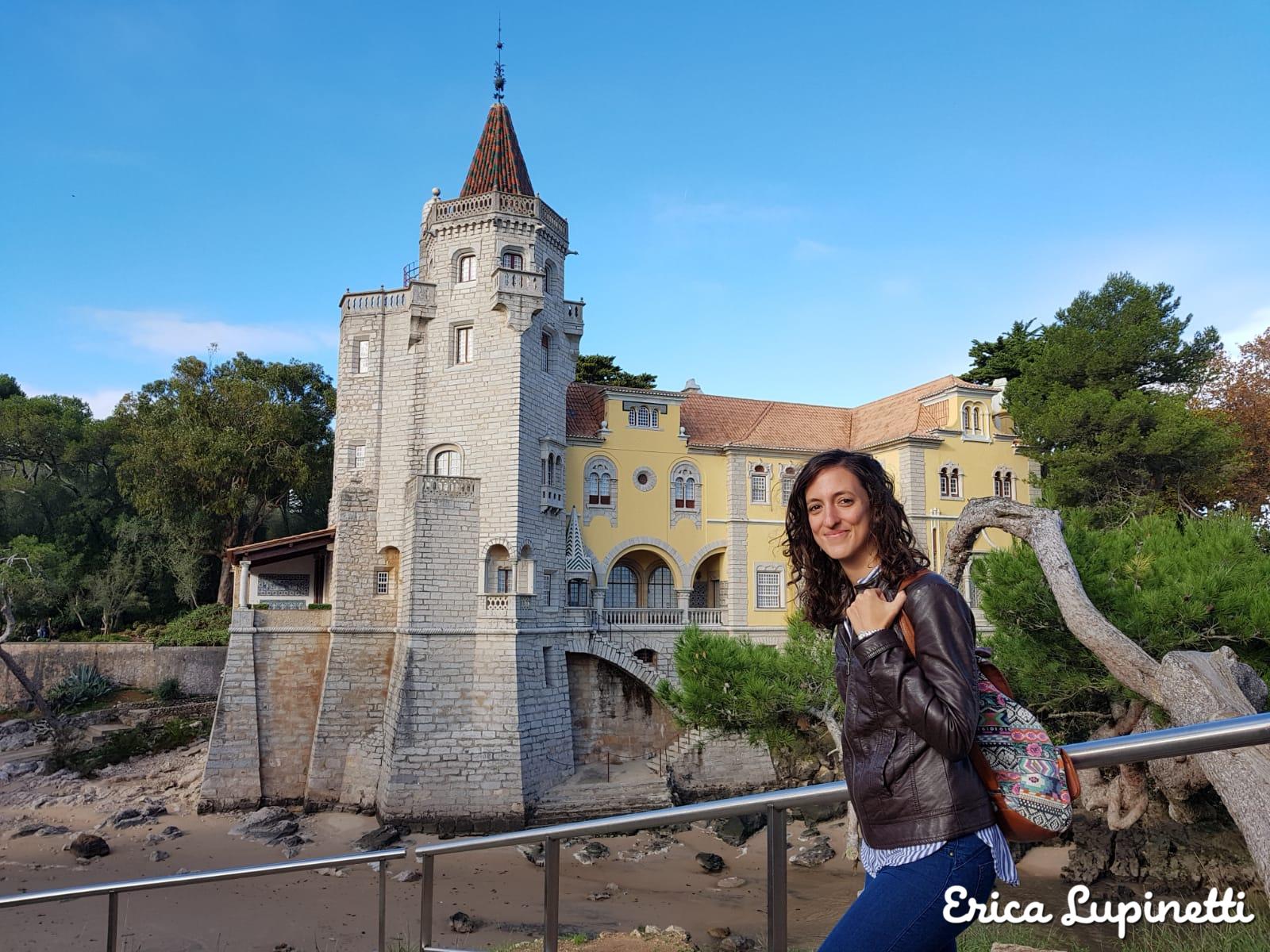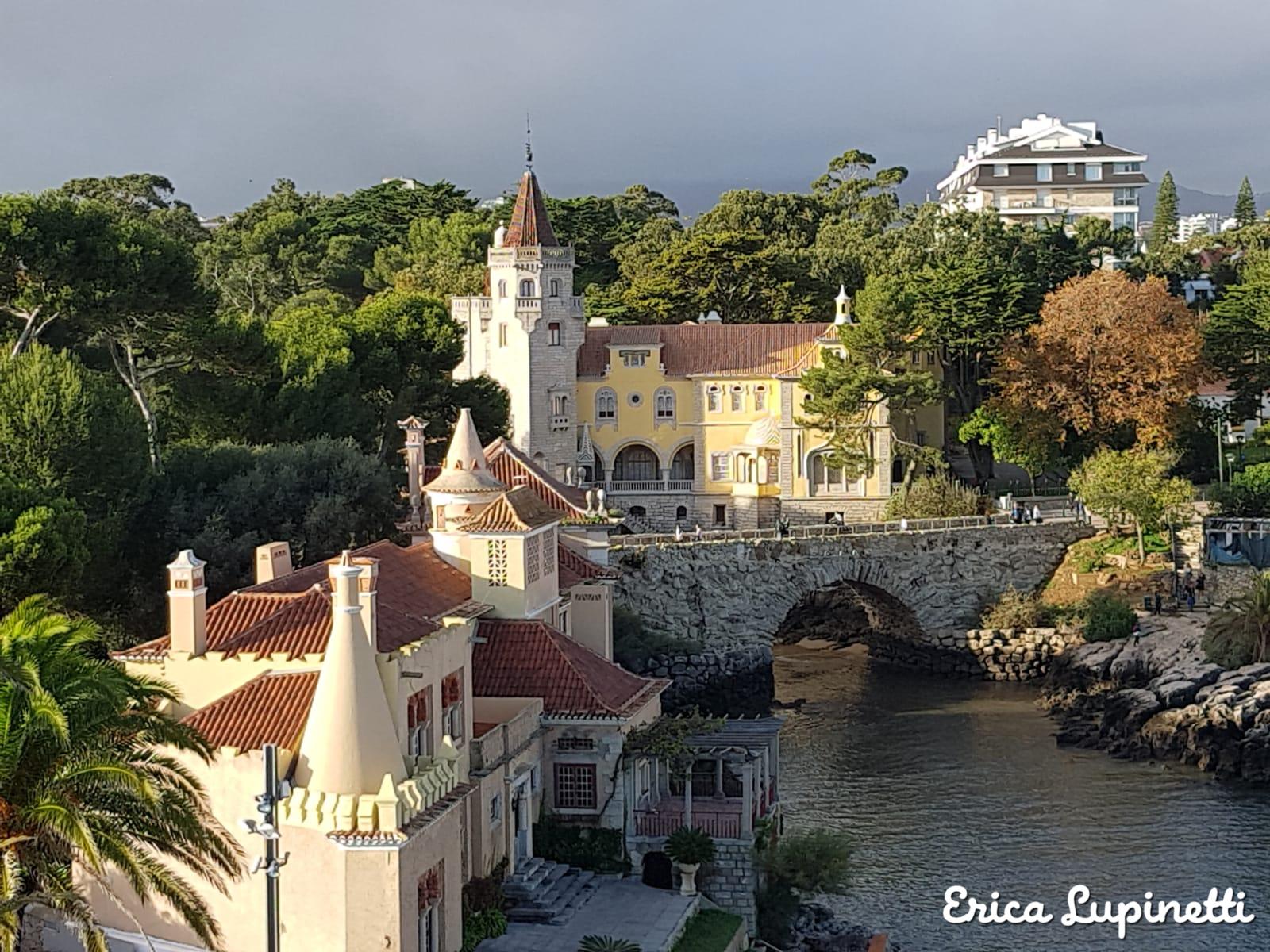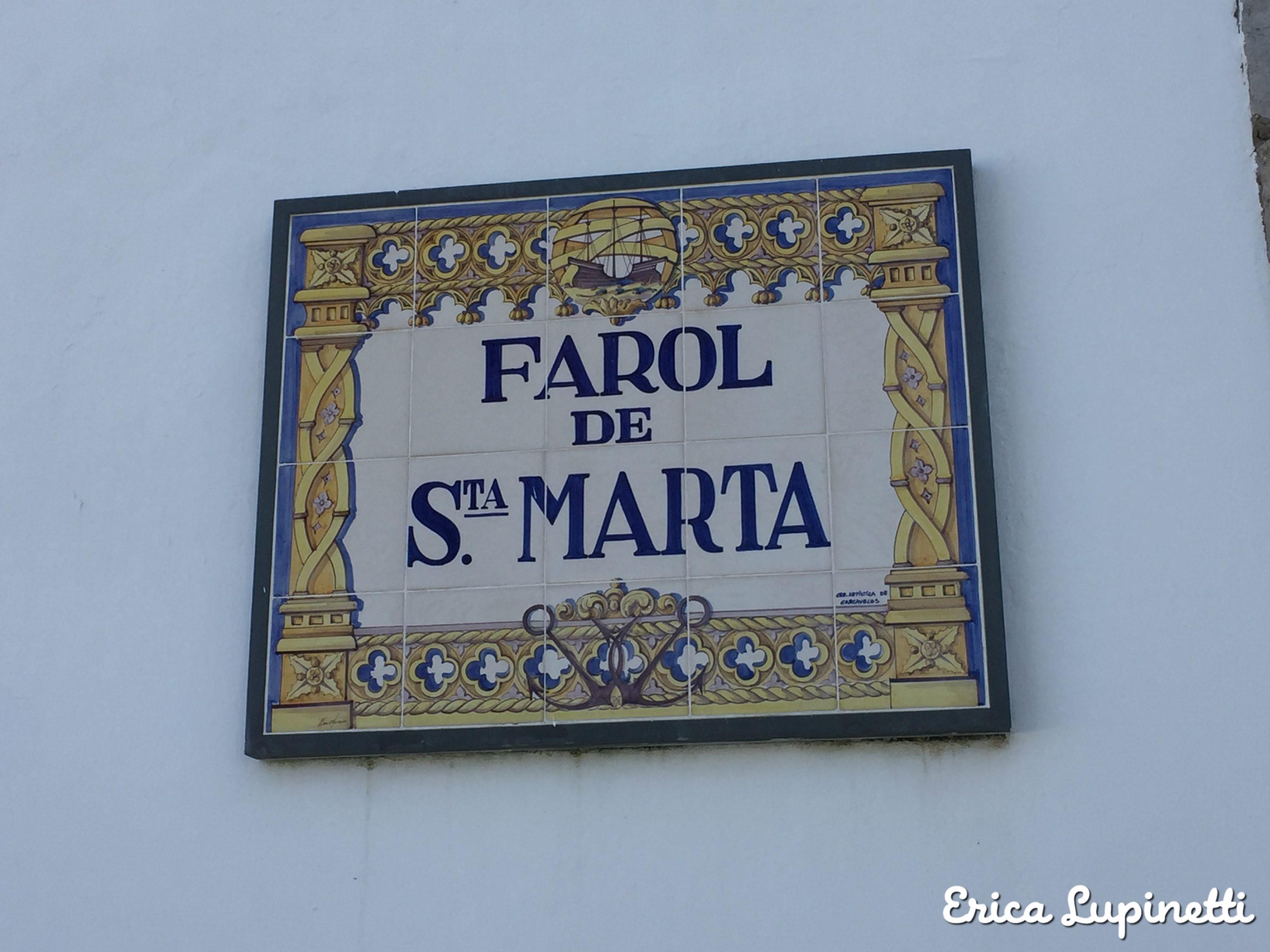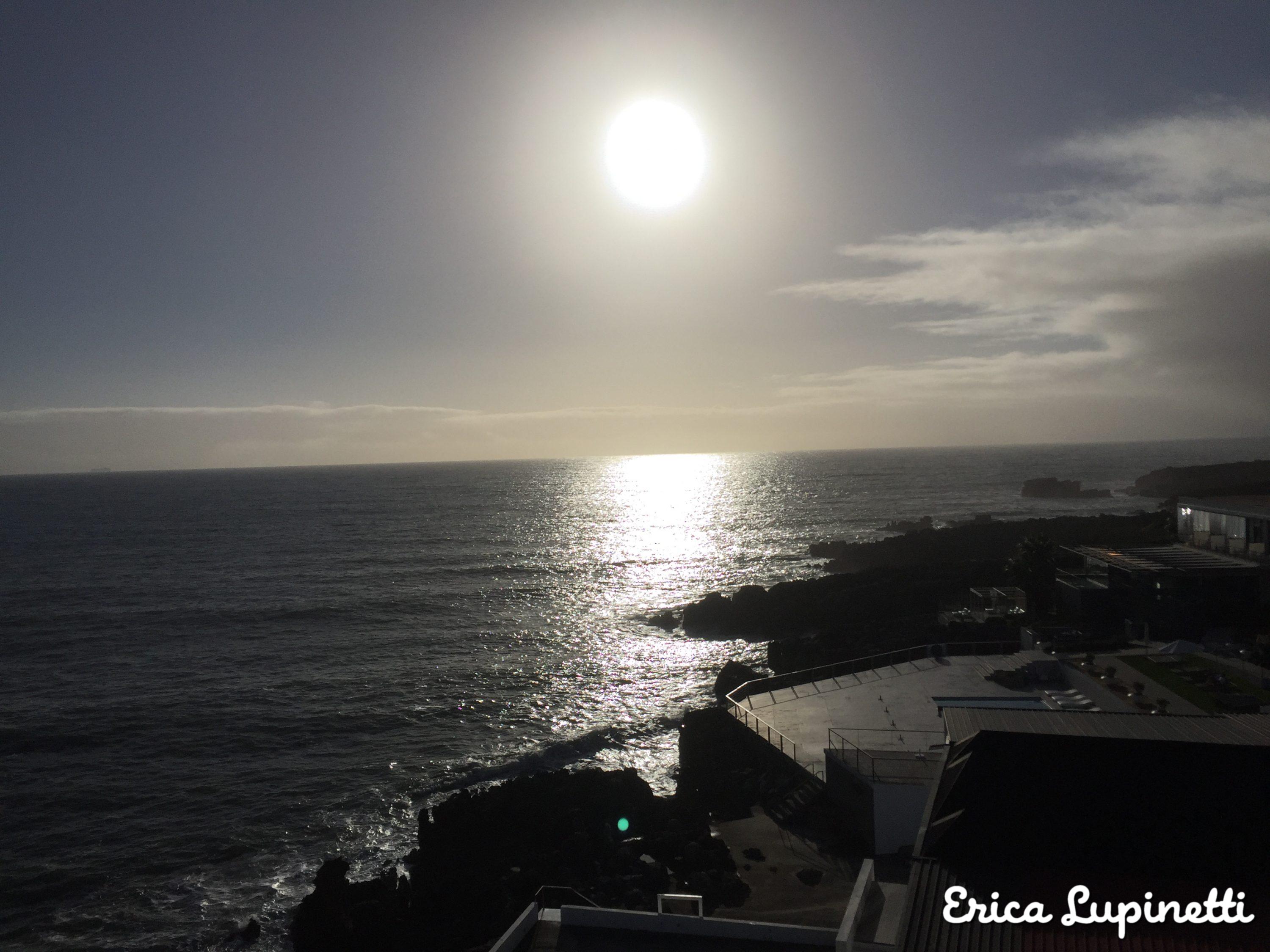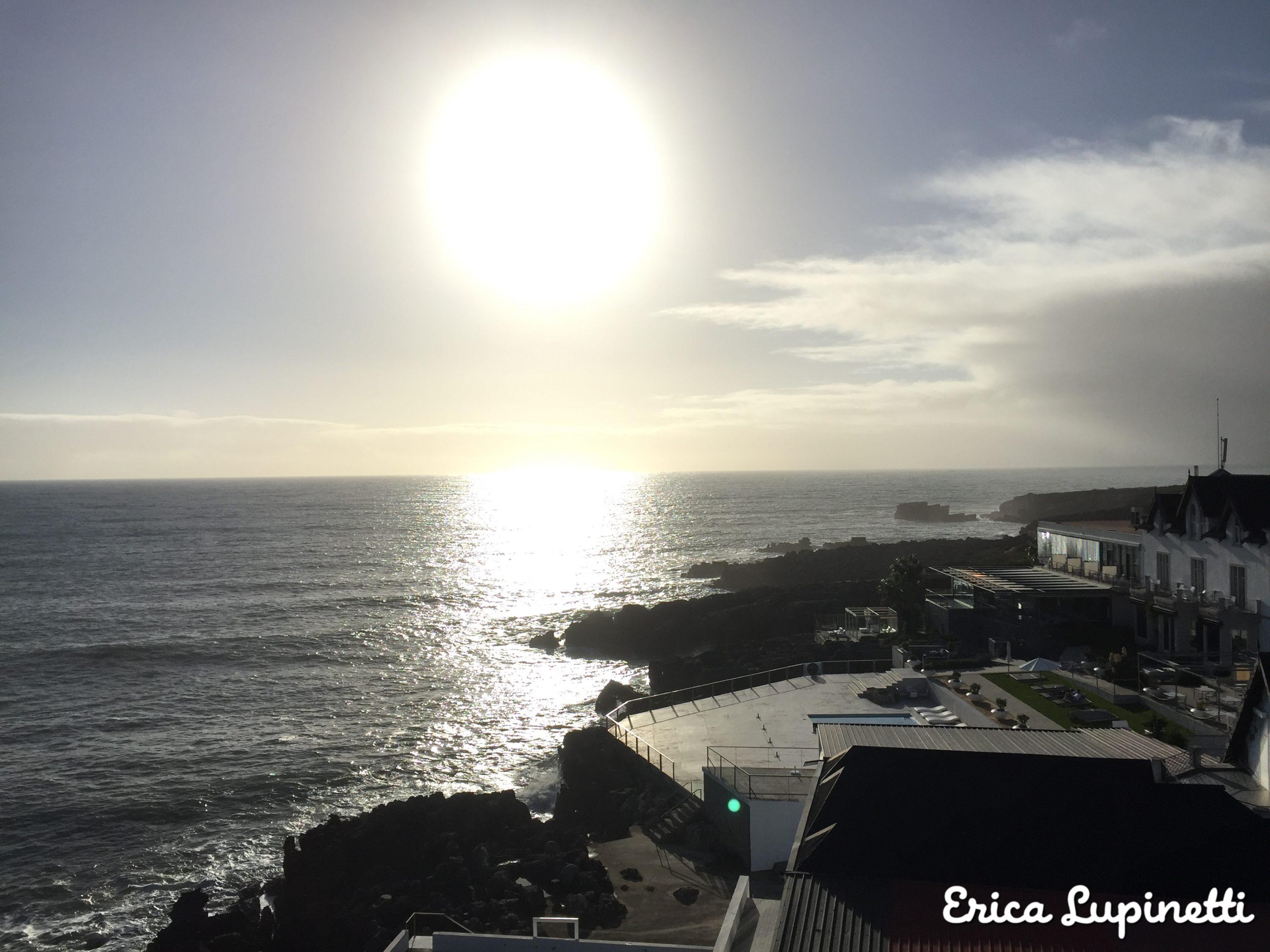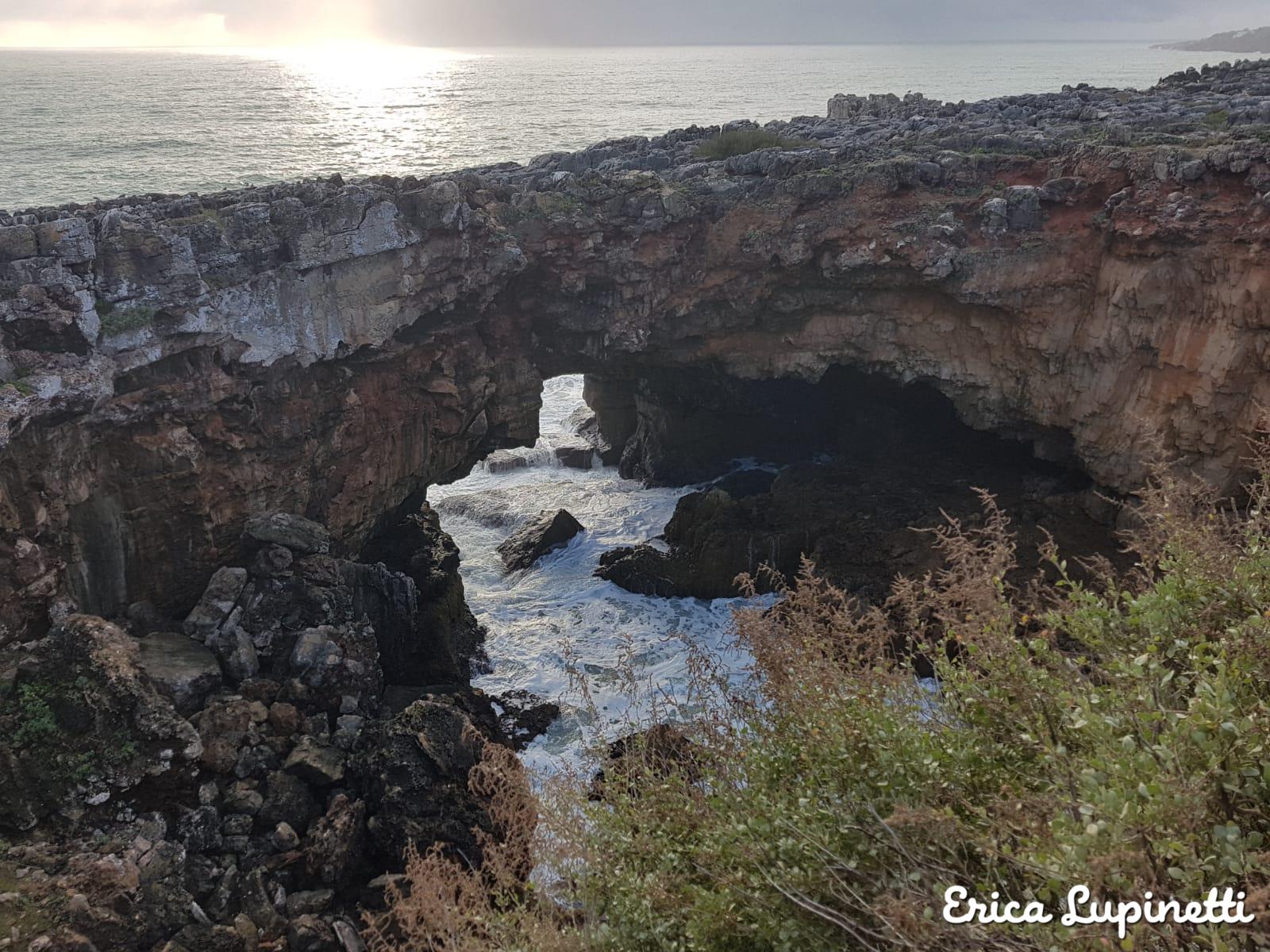Six Unmissable Things to See on a Day Trip to Cascais
Cascais is the perfect day trip when visiting Lisbon just 45 minutes away from the main train station. It is also the main town of the “Portuguese Riviera”, that stretch of land going until Cabo do Roca, dotted with hotels and old palaces once occupied by the local nobility or royalties on holidays or exiled such as king Alberto II of Italy, Juan Carlos I of Spain etc.
The name Cascais probably derives from the word “cascas“, meaning “shells”, in Portuguese probably referring to tons of empty sea shells on the sandy beach. Cascais used to be a fishing village which gradually became a tourist destination during early 20th century when the European royals customs dictated that sea air was a better health treatment than spa bathing to heal respiratory diseases.
In the past, Cascais used to be the first shore navigators would set eyes upon when returning home after years of explorations and the last when leaving their homeland to discover unknown territories seeking new trades of sugar, spices, gold etc. For this reason, the town was one of the first places to have a lighthouse during the 16th century, the great age of discoveries.
Today Cascais is the perfect one-day escape from Lisbon to chill out on the sandy golden beaches overlooking the ocean, walk on the shore looking out for shells or admire the beige cliffs or old mansions surrounding its beach. This little colourful town will allow Lisbon’s visitors to slow down, taste some local seafood dishes at great price and maybe stay the night and use Cascais as a starting point to explore the rest of the “Sintra-Cascais National Park” including stunning beaches and cliffs, wonderful ancient castles, kilometres of woody paths to hike in the forest. A true natural oasis easily accessible renting a car, taking part to private or shared tours when time is short or moving by train.
The nearby Estoril town stars the glitzy “Estoril Casino”, film setting of the latest Casino Royale film and destination of many wealthy tourists arriving by yachts. It is considered as one of the largest casino of Europe thanks to its lush gardens.
Let’s see together the main attractions of Cascais feasible in one day:
1. Praia do Tamariz
This is the first beach you will set your eyes upon when coming by train from Lisbon. This fabulous sandy wide beach and the gentle sea breeze will contribute to that summer holiday feeling no matter the season. Beaches on the Atlantic are not particularly indicated for swimming due to the sea temperature and the currents but it is a paradise for water sports such as windsurf, surfing, kite surfing and many others requiring strong winds.
This is probably the most popular beach of the city frequented by tourists and back in time by aristocrats coming here to take promenades after playing at the local casino.
2. Historical City Centre
Cascais is a small upper class seaside town and it is clearly visible in the care the local council takes in keeping the city clean and tidy, freshly painted walls, nice flowerbeds and palms, cycling lanes and nice narrow streets where seafood restaurants and international bars cook popular dishes to please foreign visitors. The squares and sidewalks are decorated with Portuguese mosaics. The city centre is clearly conceived for pedestrians and easily feasible in one hour.
The Fortaleza da Nossa Senhora da Luz, is a massive defensive chain of sea forts built during the 16th century when Portugal was under Spanish control. It is particularly pleasant to walk around the fort, going up and down the stairs enjoying views over the fishing boats and the marina.
This building it is also a summer residence for the President of Portugal.
3. The Marina
Refurbished in 2000, this venue has become a protagonist during the Sailing World Championship and the perfect place to breath some salty air and admire the luxurious yachts parked here during summer. At the very end of the quay you will arrive to an area of restaurants, bars, boat and diving shops leading to the some Art museums and monuments such as the Palácio Condes de Castro Guimarães.
4. Museu Condes de Castro Guimarães
At the back of the Parque Marechal Carmona populated by peacocks and ducks, you will find a romantic pastel coloured mansion erected over a creek flowing in the ocean. This fairy tale palace was built in 1900 by the aristocrat Jorge O’Neill in Revivalist Portuguese style. The palace features a loggia, mullioned Manueline-style windows and a massive stone Gothic tower. You can easily start imagining tales of princesses and knights when looking at this unusual castle. The interiors are home to paintings, rich furniture, jewellery and oriental china objects. The bare presence of a 25,000 volumes library dating back to 17th century deserves itself a visit in this eclectic building.
In 1910, the Count Manuel de Castro Guimarães acquired the house which was donated after his death in 1927 to the citizens of Cascais. Following his wish to build a public library and Art museum, the Museu Condes de Castro Guimaraes opened its doors to visitors in 1931.
5. Santa Marta Lighthouse
Close to the previous mansion, you will find small lane bringing you towards the Santa Marta Lighthouse and museum. This white and blue tiled building featuring horizontal stripes keeps on watching over the passing boats entering the Tagus estuary since 1868. Visits up to the top are possible and strongly recommended to take unforgettable pictures of the nearby bay.
The museum inaugurated in 2007, is composed of an exhibition divided in two parts: the first one shows the construction’s building steps and functioning of the 3.7 metre-high -beacon and fog horn. The second one talks about the history of Portuguese lighthouses and their technology. It also narrates the story of the Fort of Santa Marta built in 1640 for defensive purposes and later reconverted to a lighthouse during the 19th century.
6. Boca do Inferno
Wherever I go I try to find the best scenic walks and explore what’s outside of the touristic city centre. Here I found this limestone cliff and arch called “Boca do Inferno”, the Hell’s mouth, one of the landmarks of the Sintra-Cascais National Park reachable with a 30 minutes easy promenade. The dramatic name comes from the fact that during violent winter storms water seems to go off upwards reminding people of an erupting volcano. This magical site gets under a perfect light at sunset, having the sound of the crashing waves over the cliff as soundtrack. The Boca do Inferno was originally a sea cave which collapsed due to the erosion of the ocean, leaving a sea arch behind.
This place is popular to local fishermen, cyclists pausing at the little bar and restaurant or tourists following the 2 km path walking until here to enjoy a nice panorama or buy some souvenir at the stalls.

The easiest way to come to Cascais is taking the regional train from Lisbon which takes around 1h20 minutes and costs around 3€ each way. Here is the website if you want to book your tickets in advance or check the times.

If seafood is your passion, here you come to the right place to taste some fresh local octopus dishes without starting a loan to pay your bill. In the “Taberna Economica de Cascais” ingredients are fresh and provided by local fishermen, the restaurant is simply decorated with white and blue maritime furniture and there is a laid-back familiar atmosphere perfect to share family meals on the terrace. You won’t regret to have written down this address right in the city centre! A must try!


